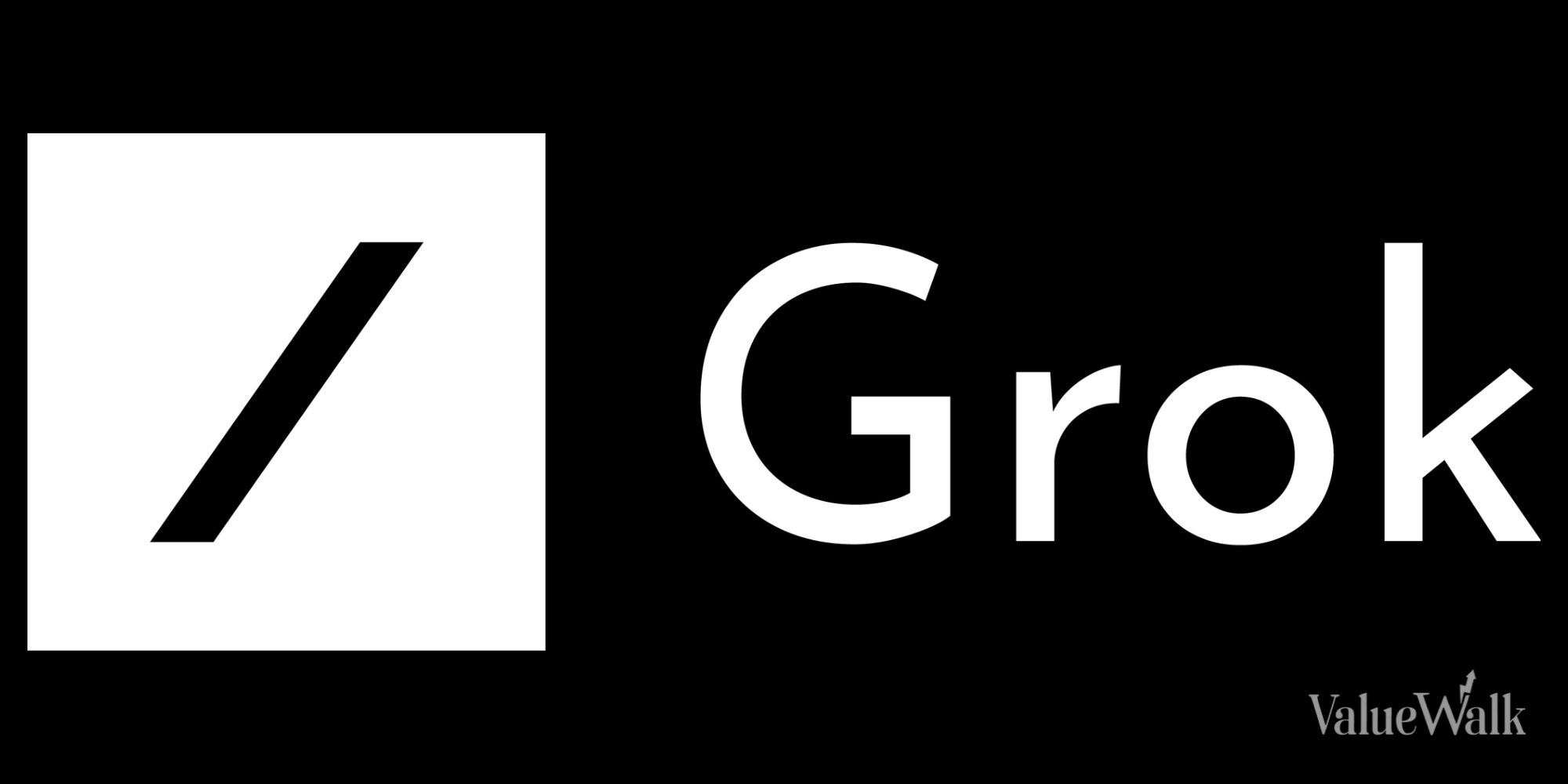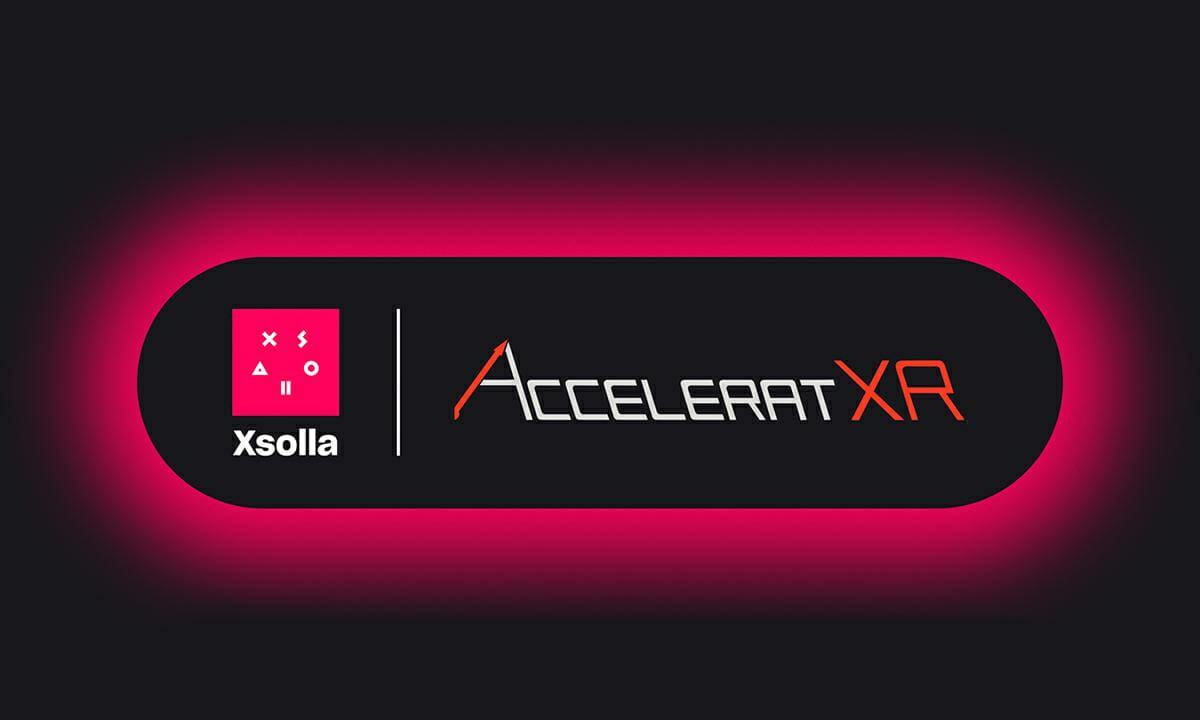Google announced the first ever Chrome OS tablet – Chromebook Tab 10 – in partnership with Acer. The search giant is offering standard features with the tablet that excludes a keyboard but has a touchscreen and a passive Wacom Stylus.
In a blog post announcing the tablet and pitching it as the new piece of educational hardware, the search giant stated Chromebook Tab 10 is “the first education tablet made for Chrome OS, and gives schools the easy management and shareability of Chromebook laptops.”
Google writes that Chromebook Tab 10 is the outcome of the feedback from educators around the world who wanted all the features to be compressed in a tablet. The search giant believes that a lightweight tablet is best for the students creating multimedia projects. Further, the tablet comes with a host of immersive experiences with Google Expeditions AR.
IT administrators can manage Chrome OS tablets along with other Chrome devices with the Chrome education license. Students can login to any device for a personalized learning and log-out hassle-free when the class is over. Other features such as verified boot, checks security at every boot and encrypted data makes the tablet secure and shareable.
The education sector has always been a strong forte of Chrome notebooks, and the tablet will easily become a part of that with similar apps and security configurations. However, the absence of the keyboard could be a challenge for doing long assignments.
The Chromebook Tab 10 comes with a 9.7-inch 2048 x 1536 IPS LCD, Google’s “OP1” processor branding, 32GB of storage, 4GB of RAM, 5MP rear camera, 2MP front camera and a 34Wh battery. Further, the Acer tablet is equipped with a USB-C port, 3.5 mm headphone jack, microSD slot, Bluetooth 4.1, and 802.11ac Wi-Fi. The tablet priced at $329 will come to North America in April and would be available to the “education and commercial customers.” The North American launch would be followed by Europe, Middle East and Africa in May for €329, including VAT.
Google OP1 six-core processor is nothing but Rockchip RK3399 minus the Rockchip branding. It is popularly known as the “Chromebook processor” thanks to Google’s involvement. OP processors are essentially Google processors, and to some extent are meant to be used specifically in the Chromebooks, notes Android Headlines. Of course, they are not the most sought-after processors, but are highly relateable with the Chrome OS, and thus, are expected to eventually gain ground within the Chrome OS products.
Prior to the Chrome OS tablet, the OP1 processors were used in one of the two flagship Chromebooks from Samsung – the Chromebook Plus. The use of the OP1 processor justifies the price difference between the Chromebook Pro and Plus models. The Pro version comes with a different processor, a relatively popular one, and therefore, comes at a premium price even though both the models offer almost identical performance.
The budget friendly Chromebook Tab 10 can also run Android apps and going forward would also support augmented-reality apps hinting that the device might be capable of supporting Google’s AR Core Android initiative. The name Chromebook tablets might not be a clever choice since “book” refers to something that can be closed when not in use, something that tablets are not supposed to offer, notes Ars. Before Chromebook tablet, Google had Pixel C, an Android tablet. The Pixel C was discontinued sighting its lackluster sales.
“As we continue to grow Chromebooks, we encourage educators and parents to try out new devices and apps, and let us know what you think,” the search giant says.
What’s interesting to note is the announcement comes ahead of Apple’s event where the company is expected to announce a low-priced iPad. Google – with its Chromebook Tab 10 – is possibly looking to divert some of educators’ attention with this announcement. The iPhone maker is hosting a special education-focused event that promises “creative new ideas for teachers and students.” If the rumors are to be believed, the new iPad would be priced at $259.
Reportedly, the new iPad would also come with a stylus, similar to Apple Pencil found on the high-end pro models. A cheaper MacBook is also expected, but it would be iPad around which the event would revolve.
Along with the iPad, the tech giant is also expected to release new education software. The new software would include a ClassKit. It would possibly be a new framework designed to allow developers to create new educational apps and distribute quizzes and tests to students.





